
OCZ Octane 512GB review
Manufacturer: OCZ
UK Price (as reviewed): £655 (inc VAT)
US Price(as reviewed): $899 (ex tax)
It’s hard to believe that its almost three years since we first got our hands on our first Indilinx powered SSD. Back then, the OCZ Vertex was the first SSD we’d used that comfortably outpaced hard disk drives in every respect, and the Indilinx Barefoot drive controller was at the heart of it, helping to dispel consumer scepticism around solid state storage. The Barefoot drive controller then became one of the first to support the performance maintaining TRIM command, and following adoption by the likes of Corsair, Patriot, G.Skill and even Crucial, things looks set for Indilinx to go from strength to strength.
Sadly, that wasn’t the case. While the rest of the industry raced forward with new controllers from SandForce and Marvell powering the next generation of SSDs, Indilinx remained disappointingly quiet, with no sign of its SATA 6Gbps Jet Stream drive controller.
Then in March 2011, OCZ acquired Indilinx for $32 million. Up to this point OCZ had only been an SSD partner, purchasing others' drive controllers for use in its SSDs. This makes it difficult to differentiate your drive from the competitions, as behind the branding they’re inherently the same at a hardware level. With the addition of Indilinx, OCZ now had the ability to set itself up as a genuine SSD manufacturer, controlling drive design at the controller level. Of course, OCZ still lacks the NAND production capabilities of Micron (Crucial), Intel or Samsung, but the purchase of Indilinx was a clear indication of OCZ’s ambition in the SSD market.
Nine months later and we finally get our hands on the fruits of OCZ’s labour, the OCZ Octane 512GB and its dual-core SATA 6Gbps Everest drive controller. Cracking the drive open immediately (let’s face it, most SSDs are pretty boring on the outside, why not finish them in chrome or something?) reveals that new drive controller, with the catchy serial IDX300M00-BC. Alongside it are 16 Intel 25nm MLC NAND modules, with four 8GB die per module, for a total of 32GB per module and 512GB total capacity. Formatted capacity is 476GB, with around seven per cent handed over to spare area.
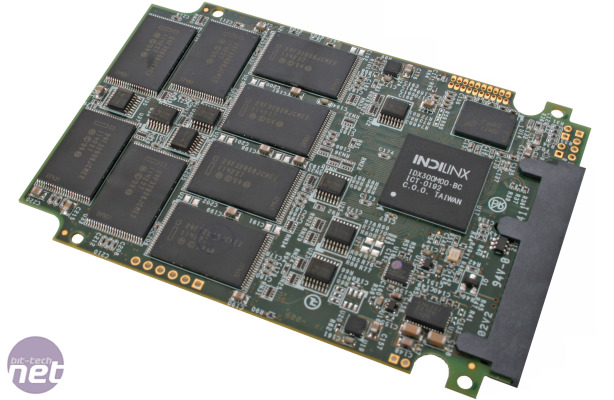
Click to enlarge - There are eight, 8GB NAND modules and a 256MB DRAM cache chip on each side of the PCB.
The Everest drive controller is what we’d refer to as a conventional SSD drive controller. This means that, unlike SandForce’s SF-2281 drive controller, which uses on-the-fly compression technology to accelerate performance when handling compressible data, the Everest controller writes data at a 1:1 ratio, with ‘what you see is what you get’ performance, regardless of the compression state of data.
This is the same method used by the Marvell 9174 drive controller found in the Crucial M4 and the Samsung S4LJ204X01 drive controller, featured in the Samsung SSD 830 line of SSDs. But it has the disadvantage of relying heavily on being able to address multiple NAND die for performance, particularly write performance, which is typically less on lower capacity drives. As such, lower capacity versions of the Octane (which we’ve not had the opportunity to test yet) do offer lesser write performance, with this 512GB model offering the range-topping speeds.
As with the Marvell and Samsung controllers, Indilinx’s Everest also makes use of a DRAM cache. In fact, OCZ has equipped the drive with two 256MB DRAM modules (one on either side of the PCB) to ensure smooth performance.
On the topic of performance, OCZ’s stated speeds are what we’d expect from a modern SATA 6Gbps SSD. A peak sequential speed of 480MB/sec and a peak sequential write speed of 330MB/sec are both highly competitive. However, as we reported last week, OCZ has recently released a new firmware update for the Octane that significantly alters the drive’s performance, sacrificing sequential read speed for multi-queue depth 4K random write speeds.
The update from the retail v1.11 firmware to the new v1.13 firmware is carried out using OCZ’s SSD toolbox software, and requires that the drive be connected as a secondary drive, and that you’re using the standard MSAHCI storage driver. It’s a destructive update too, so if you plan on using it, be sure to so before you start using the drive, or after backing up all your data. The process is simple and quick, and the SSD toolbox software is also able to perform a secure erase on the drive should you wish to wipe your data at any point. We’ve tested both the retail and updated firmware for this review, although we’ll be scoring the drive based on its most up-to-date v1.13 firmware.
OCZ has been clear with us that it doesn’t see the Octane competing with its own Vertex 3 SSDs at the top of the performance charts. Instead, the Octane is pitched as a ‘value’ drive, offering a lower £/GB at the expense of lower performance. We’ve been unconvinced by such drives in the past though: it’s NAND that’s the most expensive component in an SSD, not the controller, and typically means there’s marginal price difference between value and performance drives.
While prices for the Octane are still settling down following its launch, at £655 for a 512GB drive, or £1.38/ formatted GB, the Octane is tangibly dearer than the competition. A Crucial M4 512GB is only £520 and a Samsung SSD 830 512GB £620, although a Vertex 3 480GB is substantially more expensive at £887.

MSI MPG Velox 100R Chassis Review
October 14 2021 | 15:04

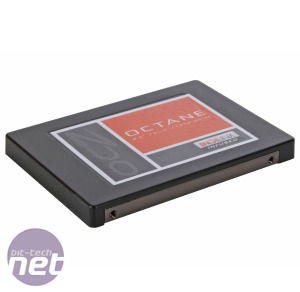
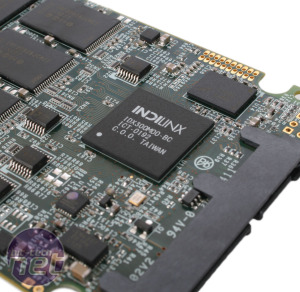
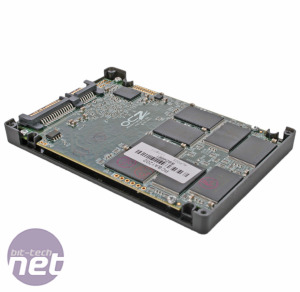
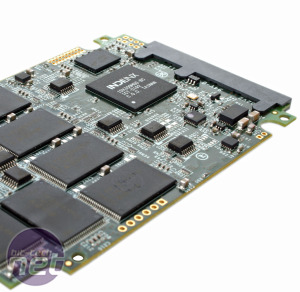







Want to comment? Please log in.